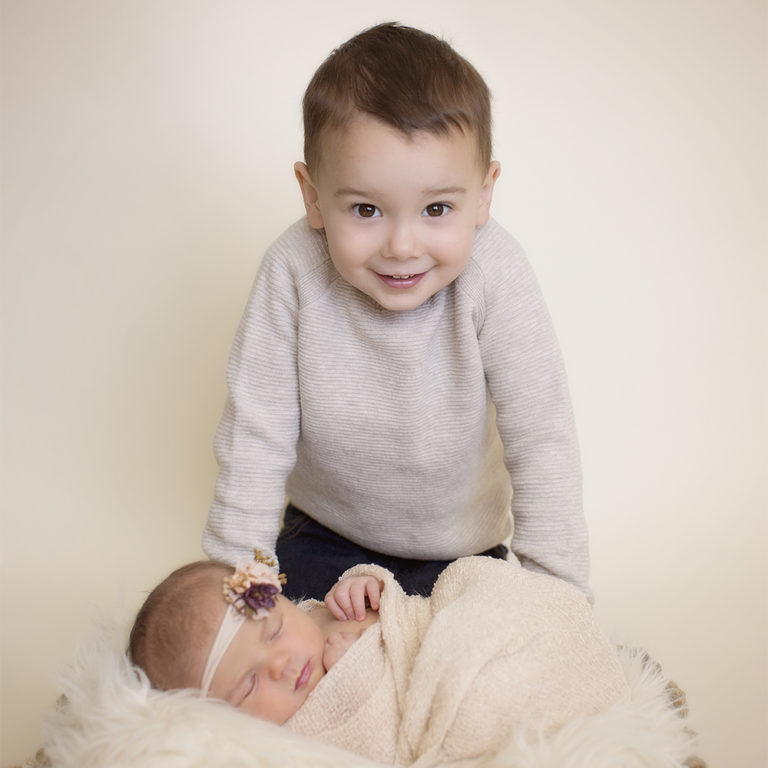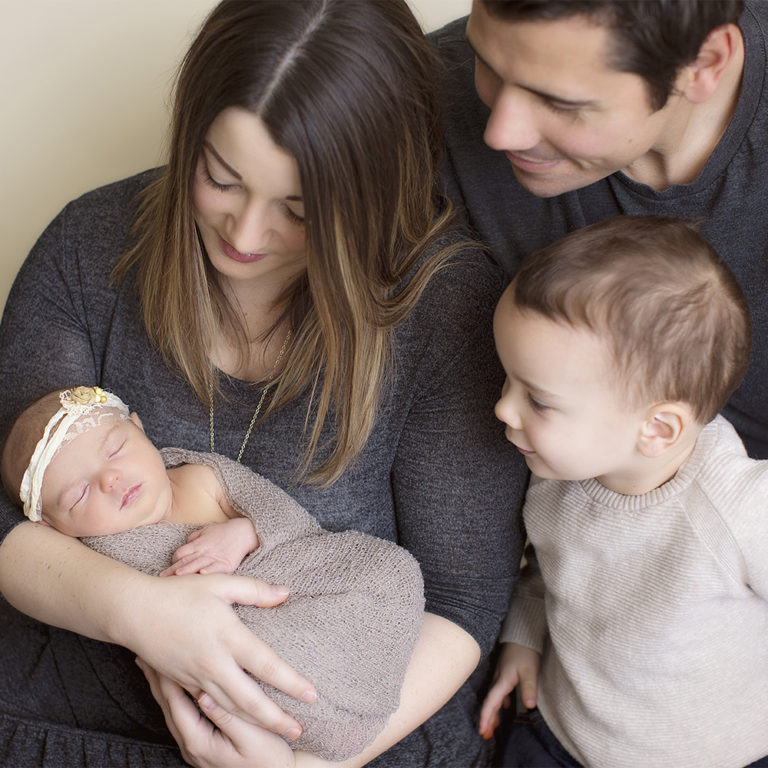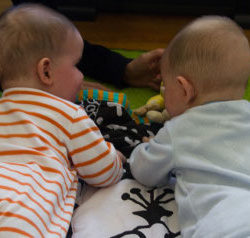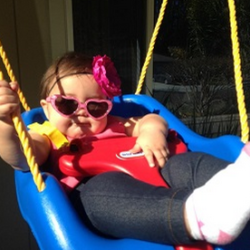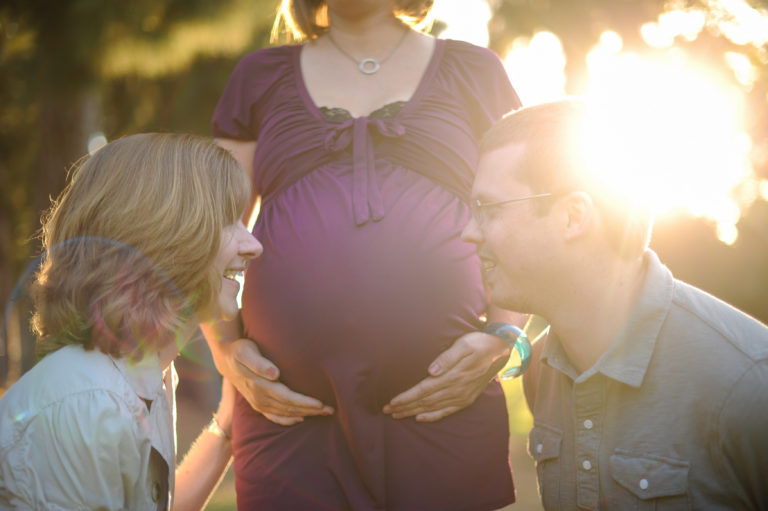IVF and Optimism Overcome Endometriosis Infertility
Before they saw Dr. Hinckley, Tara and Nick were starting to wonder if they were out of options.
They started trying to get pregnant in 2011, and much to the dismay of Tara and her husband, Nick, nothing was happening. Not long after that, Tara began experiencing some concerning symptoms.
“After a few months of trying, I started having severe pain,” she explains. “I’d been diagnosed with endometriosis in the past, so I made an appointment with my OB-GYN. They discovered a softball-sized cyst on my right ovary. The doctor explained that I needed an operation right away in order to avoid damage to my ovaries and fallopian tubes.”
Tara’s recovery from surgery was a long uphill battle, as she developed an infection and had to be hospitalized for five days. When she was finally released and began to heal, her struggles to conceive continued.
Endometriosis is a disorder in which the tissue that normally forms the inner lining of the uterus spreads outside of it. This overgrowth often results in abdominal pain, and in cases such as Tara’s, complications may require surgical treatment. Endometriosis infertility is often due to a blockage in the fallopian tubes, where the woman’s egg is fertilized by sperm.
“After surgery, I had a blockage in both tubes,” Tara recalls. “At that point I just felt so broken down about the whole thing – like it just wasn’t going to happen.”
Dr. Hinckley’s positivity sparks fresh hope
On the verge of giving up, Tara decided to reach out to Dr. Mary Hinckley at the Reproductive Science Center (RSC) in San Ramon. “I had a girlfriend who had IVF and she’d done a ton of research beforehand,” Tara recalls. “She was the one who recommended Dr. Hinckley. On our first visit, I remember Dr. Hinckley saying, ‘We can do this.’ She was so upbeat and positive.”
Renewed with hope, Tara and Nick decided to undergo IVF (in vitro fertilization) treatment at RSC. They live in Fresno, and Tara recalls the many long drives out to San Ramon to visit Dr. Hinckley.
“I knew that this was a big investment,” she explains. “So for us, that drive was worth it.”
After undergoing an IVF cycle, Tara and Nick ended up with six viable embryos. They immediately transferred one of them and froze the remaining five for future use.
“We knew we were only going to transfer one embryo at a time if possible in order to avoid complications,” Tara explains of the health risks to mother and children in a multiple pregnancy of twins or more.
Why are more women choosing to transfer just one embryo during IVF? It’s called elective single embryo transfer, or eSET.
Pregnancy, birth and continued endometriosis infertility struggles
The first embryo transfer was a success, and Tara got pregnant right away. In March of 2013, Tara and Nick welcomed their firstborn son Owen into the world.
Knowing they wanted another child, they soon returned to RSC to transfer one of the five remaining frozen embryos. This time around, Tara and Nick met with discouragement as they endured two failed transfers and a miscarriage.
“At that point I was really devastated,” Tara recalls. “It had worked right away with my son. I wouldn’t have been able to get through it without Dr. Hinckley. She is a ray of sunshine and positivity. She kept reinforcing that we were going to make it work. There were many times that I felt hopeless, but it was hard not to smile when Dr. Hinckley walked into the room. She brought my spirits up.”
An adjustment to treatment leads to a second pregnancy
After the failed embryo transfers, Dr. Hinckley recommended a test called the endometrial receptivity array (ERA). The ERA is a recently developed diagnostic tool that determines the optimal time for an embryo transfer when a patient is undergoing IVF treatment.
“Dr. Hinckley explained that the test results showed that we needed to wait one more day before transferring the embryo,” Tara recalls.
Sure enough, this small adjustment in the timing of the embryo transfer did the trick. Tara got pregnant and gave birth to her daughter, Reese, in October of 2016.
Tara and Nick are no strangers to the feelings of despair and discouragement brought on by infertility. Tara hopes to encourage others who may be facing similar emotions.
“You have to stay determined and positive, and you have to realize it might take a long time,” she says. “Listen to other people’s stories and draw strength from them. That can be so helpful. You don’t have to go through this experience alone. There are so many people who’ve gone through similar situations.”
Today, Tara and Nick have their hands full raising two healthy and happy children. “We’re lucky that they are both good sleepers,” she says with a chuckle. “At this point, we are getting plenty of rest and we’re enjoying watching them grow.”
